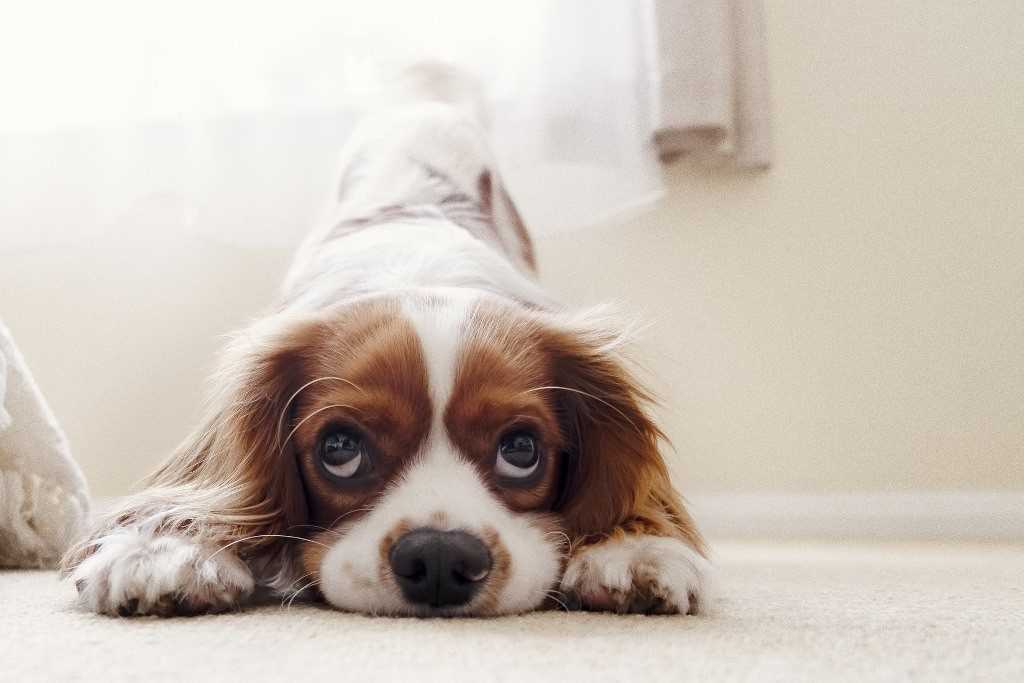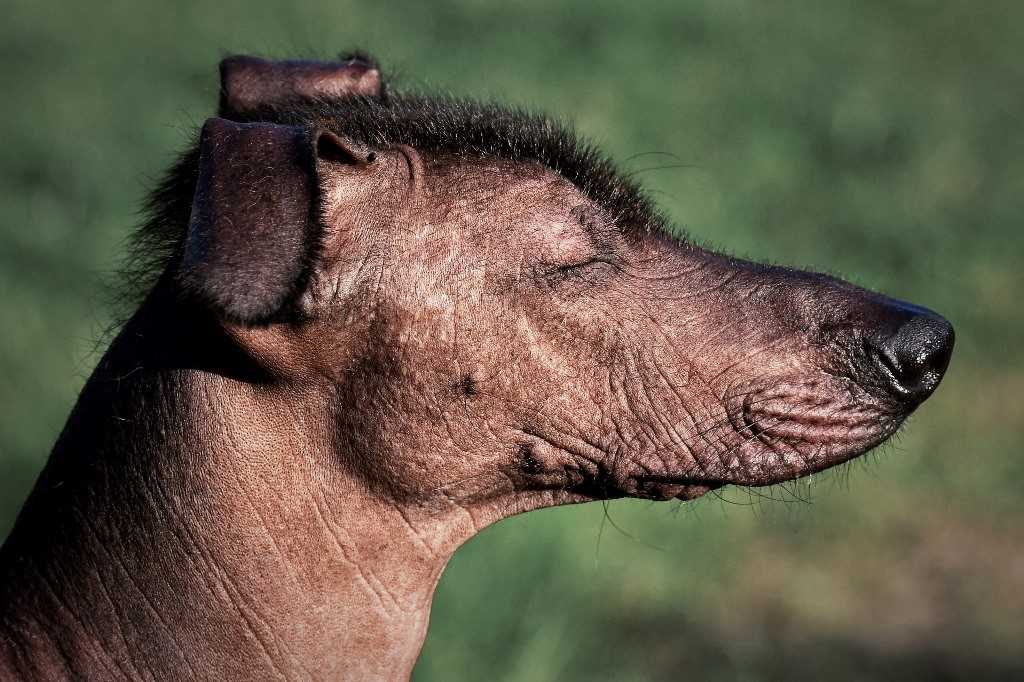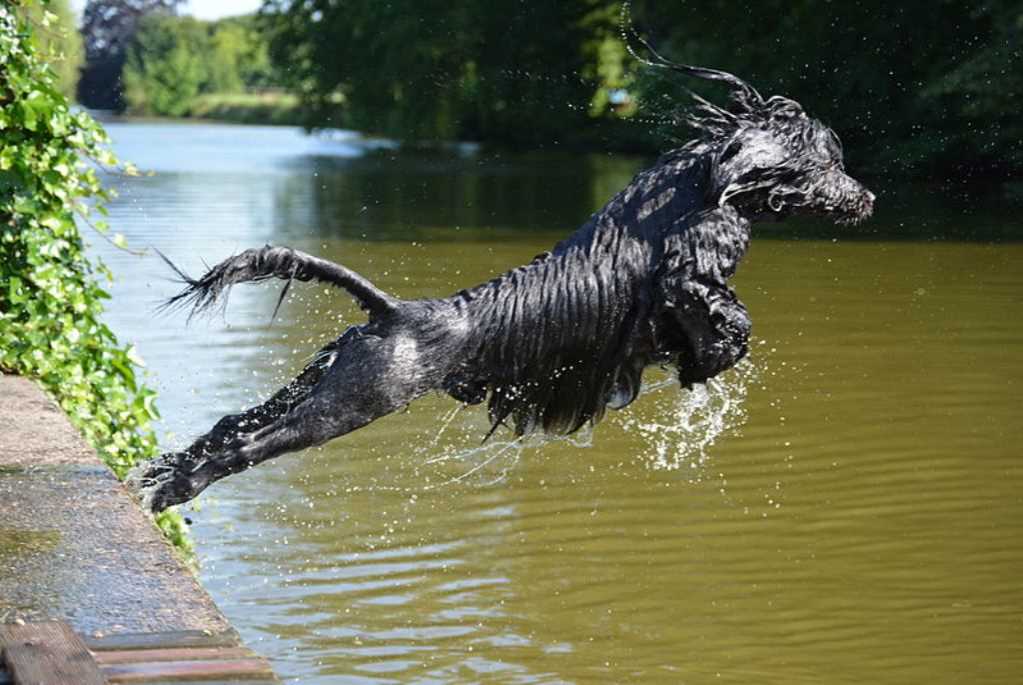The Cavalier King Charles spaniel dog breed has existed since the 18th century, but there are paintings depicting these dogs as early as the 16th century. The current breed was created in the 20th century, although it originated from the King Charles spaniel that existed as early as the 18th century and it was the breeder Elridge who drew up the breed standard in 1928.
For many centuries small spaniel breeds were very popular especially in England and became even more fashionable since King Charles I adopted one of these dogs as a pet dog. These dogs had a longer, more pointed muzzle and a longer body than today’s dogs. In fact, the King Charles spaniel has also been crossed with pugs, resulting in dogs with shorter, flatter snouts.
Spaniels have carried the name of cavalier since the time of Charles II and are known as loyal nobles. In fact, it is said that Charles II devoted more free time and leisure to them than to affairs of state. Cavalier kings were for centuries the most popular dogs in royal and noble courts, especially in Spain and England.
However, the origin of the cavalier Charles spaniel is not entirely clear, they have been depicted in paintings from 1500 onwards in various European countries such as Spain, England, Italy and Holland. They are mainly companion dogs, although in antiquity they were also used as hunting dogs.
Character of the Cavalier King Charles spaniel dog breed
The Cavalier King Charles spaniel is a truly adorable dog. Cheerful, friendly, it has no tendency to be nervous and is absolutely not aggressive. It is very affectionate with all family members, but has a special love for its owner, or the one you choose for this role. He also interacts well with children, with whom he loves to play. He is a little lazy and sometimes likes to doze on the sofa, but he also has moments when he needs to be outdoors, run and play.
This breed is used to living at home and is not very suitable for solitude. It is therefore not suitable for those who are away from home for a long time, as they would suffer greatly. It is also suitable for the elderly, provided they have the means to take it out for walks two or three times a day. It is a dog that does not like to stay still for long. He also needs something to do at home, so it is advisable to get various toys so that he is not bored.
He does not usually cause any problems with other animals, whether dogs, cats or rabbits, and they keep him company. He doesn’t bark much, only when he needs to, but he is not a watchdog, he may warn you if he hears a stranger nearby. It is not at all shy with strangers, it likes cuddles and being the centre of attention.
It is a dog that is very well suited to pet therapy and many dogs have recently been used in animal-assisted therapy with excellent results. When he is out and about, he likes to play fetch, go jogging and, in summer, even go for a swim in a stream or lake.
The Cavalier King is very easy to train, as it is always inclined to please its owner. However, it needs to be socialised from an early age, both with people and with other animals, so that it does not develop shyness or, on the contrary, a little aggressiveness.
Appearance of the Cavalier King Charles spaniel dog breed
The Cavalier King Charles spaniel is a small dog. Its height ranges from 25 to 34 centimetres and it weighs between 5.4 and 8 kilograms.
Its body is very well-proportioned and allows it to be very agile and predisposed for running. The limbs are straight and not too massive. The feet have well-developed foot pads with plenty of fur. The tail is of proportionate length, well furred and not carried high.
The skull is flat, the ears are long with a high hairline and full of hair and fringes. The muzzle narrows towards the tip. The eyes are large and round with a sweet expression.
The coat is of medium length, smooth and never curly. Its coat can be black and fiery, ruby, blenheim and even tricolour. Another positive characteristic is the absence of odour due to the fact that its skin is not oily and is very fine.
Health and care of the Cavalier King Charles spaniel breed of dog
The Cavalier King Charles spaniel generally enjoys good health, but it may develop eye diseases and problems such as dysplasia or the development of luxation of the kneecap, which are also quite common diseases in other breeds. One of the most serious health problems is syringomyelia, which is a pathology linked to the skull, which is not wide enough, blocking the flow of the cerebrospinal fluid with possible paralysis; and some may be subject to heart problems, but in both pathologies fortunately these are always isolated cases.
The life expectancy of a Cavalier King is about 12 years. Both hot and cold temperatures in extremes are not very well tolerated. In hot weather, this can lead to difficulties with the lungs and heart, so beware of the symptoms of heat stroke. In cold weather, it is sufficient to take your dog outside in a coat.
The ears are very delicate, they must be cleaned and checked regularly, paying particular attention to annoying bores.
As far as the mantle is concerned, it is necessary to brush it daily; the silky upper hair tends to quickly become felted. Shearing is not recommended, it is only necessary to shorten the hair at the level of the legs and ears; this is also to facilitate cleaning operations.
The diet should be controlled, the dog tends to eat more than necessary and without adequate movement may tend to gain weight.


